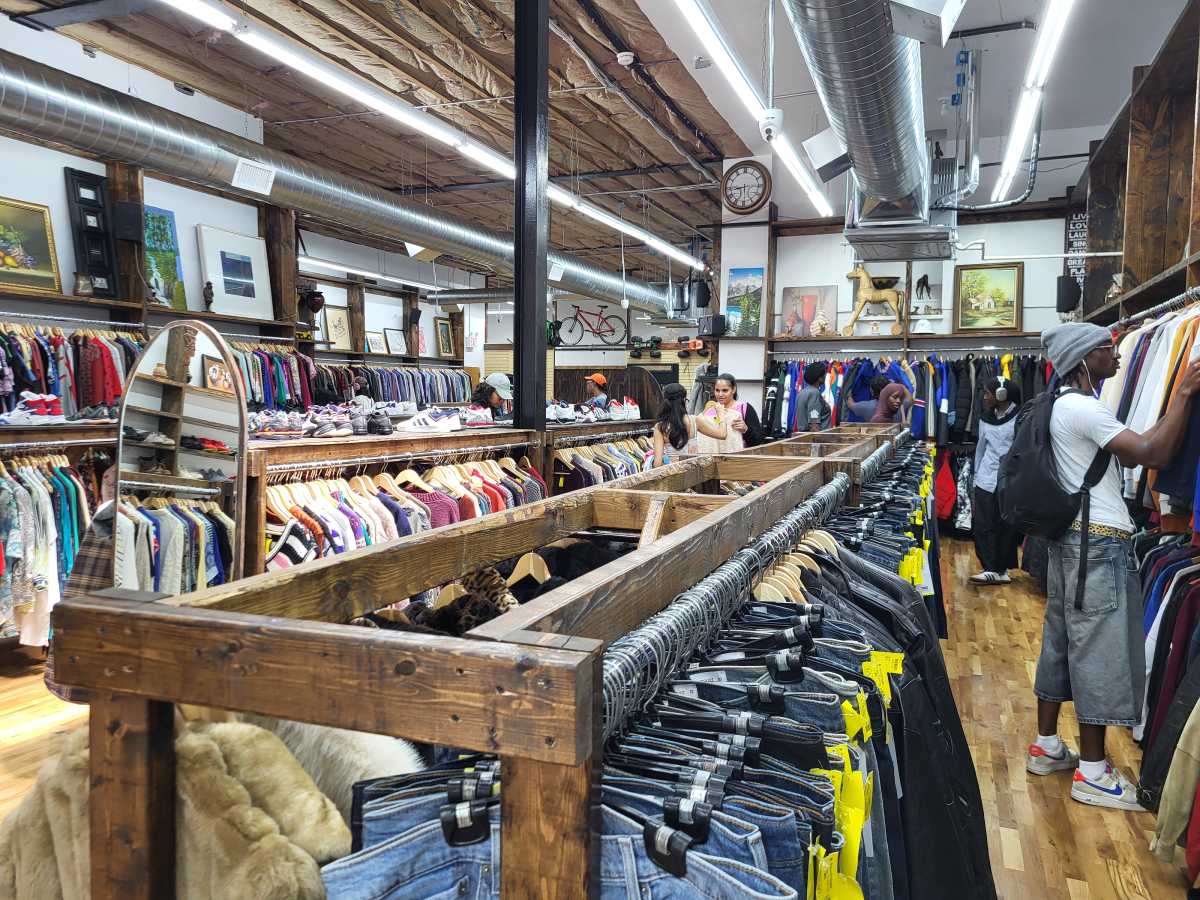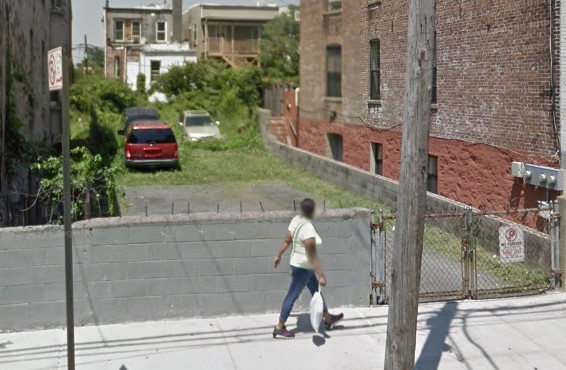By Alan Bastable
Wu Ching Wang never saw it coming.
“They just started hitting me on the head with a bat, and when I fell they kept hitting me on the legs,” the 51-year-old deliveryman told police, after four men attacked him at a Lower East Side apartment building in March 2001.
The woman who found Wang said he was lying dazed in the corridor, crying in pain and bleeding all over, according to the police report. He had a fractured skull and a broken leg. Blood-spattered cartons of Chinese food were scattered around him.
It has been almost three years since that assault, but it is emblematic of what police say is a larger problem on the Lower East Side: robbers targeting deliverymen.
In the first two months of 2004, nearly one out of every five robbery victims in the Lower East Side was a deliveryman, according to records provided by the Seventh Precinct. The precinct — which is bounded by Houston St., Allen St. and Pike St. and the East River — just began tracking that statistic this year, but delivering food in the neighborhood has always been a perilous occupation, said Valdie G. Lurch, the community affairs officer at the Seventh Precinct.
“Their job is almost like ours,” Lurch said. “They don’t know where they’re going or who they’re going to see.”
The problem has been compounded in this neighborhood, Lurch said, because many deliverymen can’t speak English, are working illegally or are reclusive, and are therefore hesitant to report robberies to the police.
“Unless they’re hurt,” Lurch said, “they’ll count their loses and go back to work.”
In an effort to counter the problem, the Seventh Precinct has encouraged neighborhood restaurants to install caller identification systems in their phones. “If they have any doubts about a number,” Lurch said, “then they can call us and we’ll call the number back.”
Congee Village, a Chinese restaurant at 100 Allen St., has a phone system that not only identifies callers’ numbers but also their addresses.
“We’ve never had a problem with our deliverymen,” said Eric Lee, the restaurant’s manager. “Then again, most of our customers are regulars.”
The precinct also helped organize a February seminar on safety for deliverymen that drew more than 200 deliverymen, restaurant managers and owners. “Travel on busy roads as much as possible, always carry a cell phone and stay alert,” said Capt. Michael Lau, who coordinated the event and gave attendees those tips among others.
While deliverymen have received aid from police, support from advocacy groups has been minimal, perhaps because of the deliverymen’s reluctance to seek help, Lurch said.
Local 338 of the Retail, Wholesale and Department Store Union, a city union that represents restaurant workers, including more than 300 deliverymen, has not received any calls about the robberies, said Steve Pezenick, the director of special projects.
“So far no one has brought the problem to our attention,” he said. “But if they did we would certainly contact their employer and the local precinct.”
After being told about the scope of the problem in the Lower East Side, Pezenick said he would “send out feelers” to see what Local 338 could do to help.
As for the New York State Restaurant Association, its New York City chapter has not received any complaints from restaurant owners regarding the safety of their deliverymen, said Chuck Hunt, the chapter’s executive vice president.
“I do not have any information on this subject,” he said.
Francisco Cervantes does. A deliveryman at Roma Pizza and Pasta at 116 Delancey St., Cervantes has never been threatened on the job, he said, but he is not comfortable delivering food in the more remote corners of the neighborhood.
“I’ve heard stories of what has happened to other deliverymen,” the Spanish-speaking Cervantes said through an interpreter. “I always watch my back.”





































